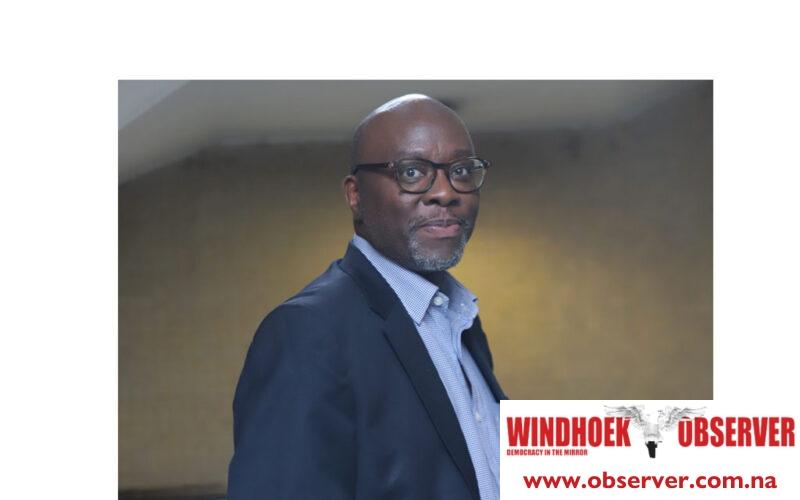Off-grid solar energy is emerging as a game-changer for Southern Africa’s power challenges. Patrick Tonui, Head of Policy and Regional Strategy at GOGLA, is at the forefront of this revolution. In a conversation with Observer Money, he discussed how off-grid solar is helping to close energy gaps in Namibia and South Africa, providing affordable and sustainable options for millions of people.
Observer Money (OM): How will off-grid solar help with the power deficit in Southern Africa, including Namibia?
Patrick Tonui (PT): Off-grid solar solutions can play a key role not just as the quickest, most efficient way to provide first-time access to more than 40% of those currently unelectrified but also as a backup solution in areas with unreliable electricity access.
Lanterns and smaller systems offer sustainable and clean solutions to families that may depend on battery-powered torches, candles or kerosene lanterns when power is out. Larger systems can replace diesel generators and provide a clean alternative for households, businesses, and public facilities in areas where power outages are frequent. This switch doesn’t just mean clear environmental and health benefits: switching away from diesel generators means households and businesses save money since they don’t have to buy fuel to power their system, they are not affected by increases in fuel prices, and once the solar system is installed, the energy to operate it is free. The data in the off-grid solar market trends report shows that replacing diesel generators used by businesses with off-grid solar solutions could save an estimated US$6.3 to US$12.5 billion in fuel costs while avoiding a significant 8.3 to 16.6 metric tonnes of greenhouse gas emissions per year.
OM: Namibia is developing a lot of renewable energy projects, including those on solar and aims to reach 30% of production. What lessons can Namibia learn from other countries?
PT: According to GEP data, to reach universal energy access in Namibia by 2030, more than half of the currently unelectrified would be best served by stand-alone off-grid solar solutions. In a sparsely populated country like Namibia, decentralised energy solutions will be much faster and less expensive to deploy than the grid, allowing people living in hard-to-reach areas to sustainably power their homes, farms, enterprises and public infrastructure. Deploying off-grid solar solutions boosts energy access levels while increasing the amount of renewables in the total power mix. To make this happen, Namibia needs to integrate decentralised solutions, including off-grid solar, as part of its integrated electrification, energy transition plans and Nationally Determined Contributions (NDCs). This will send a powerful signal of commitment to both the companies and the investors in the private sector. Another important element to consider is cost for potential users. Public funding in the form of subsidies or fiscal incentives, such as tax or custom duty exemptions, can stimulate the use of renewable energy instead of fossil fuels, thereby enabling customers to access clean energy solutions that promote green growth and enhance the empowerment of underserved communities.
OM: Solar is expensive initially for household consumers. When buying solar panels and so on, how can this be overcome?
PT: For more than 40% of the people living without energy access today, solar is the least expensive solution. The pay as you go model enables users who cannot afford to purchase a solar system to make an upfront cash payment to make monthly payments until they can own it. This model has made life-changing clean energy products affordable for millions of people at the bottom of the pyramid who have limited savings and cash flow and have no other ways to demonstrate their creditworthiness.
Additionally, unlike fossil fuel-powered systems, solar systems don’t require any additional fuel once installed, creating long-term economic and time savings. Despite this, affordability remains the main challenge in reaching universal access. Only 22% of households without electricity are able to afford the monthly payment for a tier one solar energy kit on a pay as you go basis. This challenge is made even worse by the fact that those who remain without access today are often the most expensive to reach, leading them to pay higher prices than customers in large urban areas. All actors in the energy access space, from development partners to policymakers, the private sector, philanthropies and investors, need to work together to decrease the cost of renewable energy so everyone can access it. For off-grid solar, an increase in public funding is necessary to achieve off-grid solar’s contribution to universal energy access.




